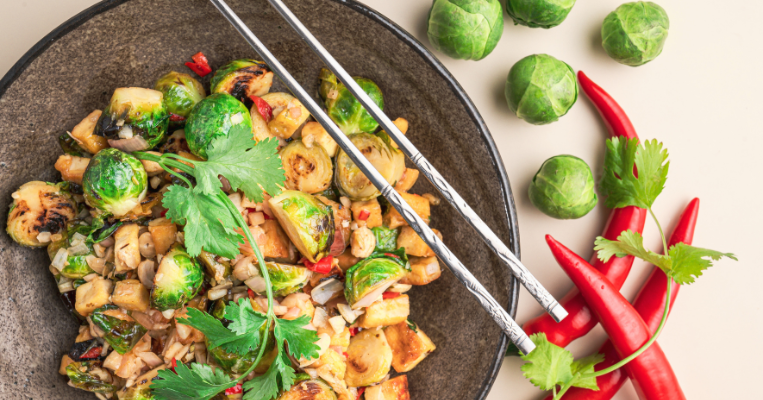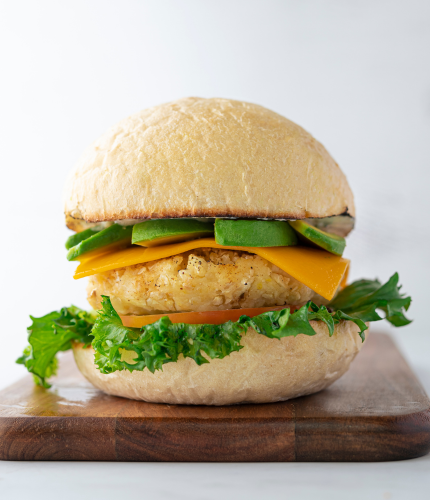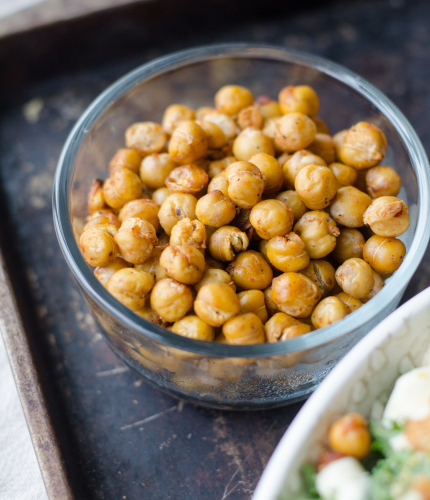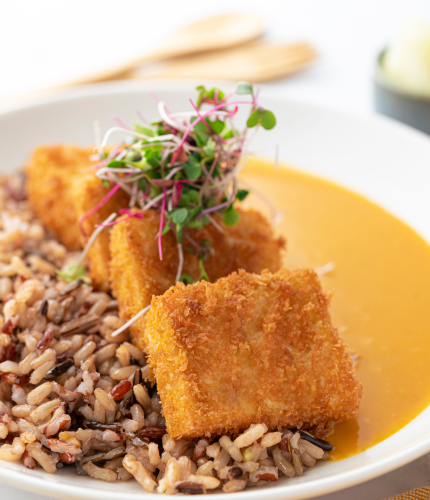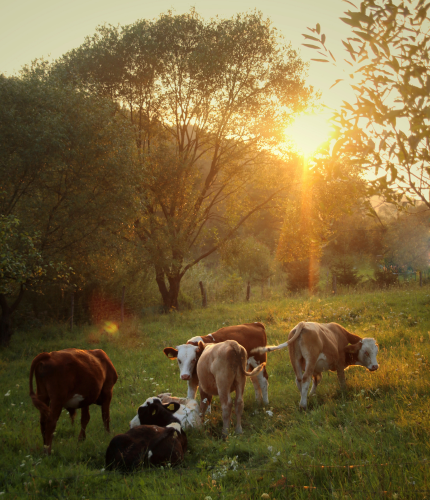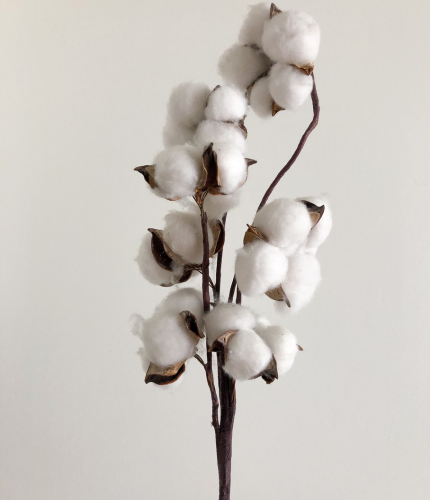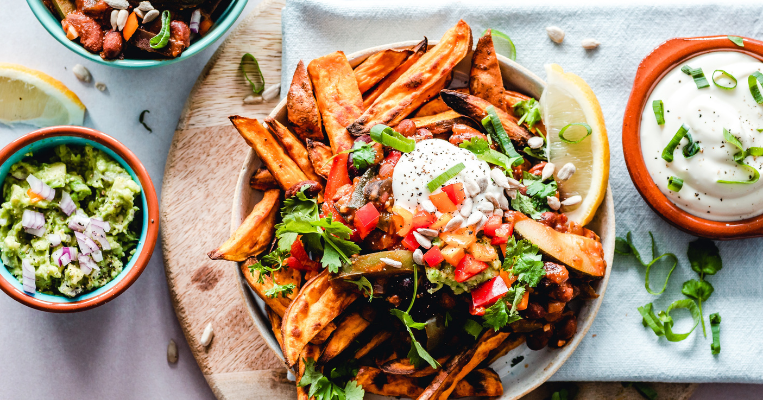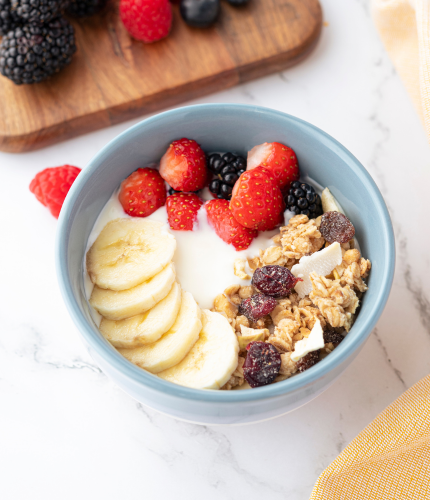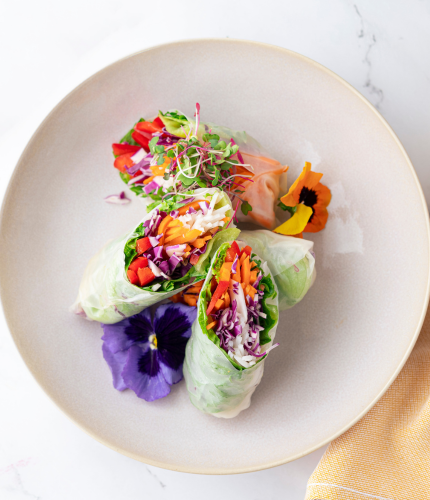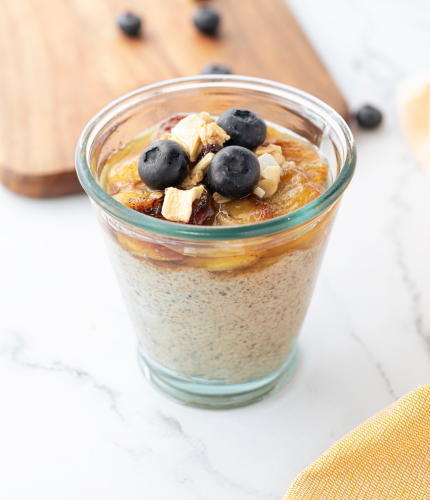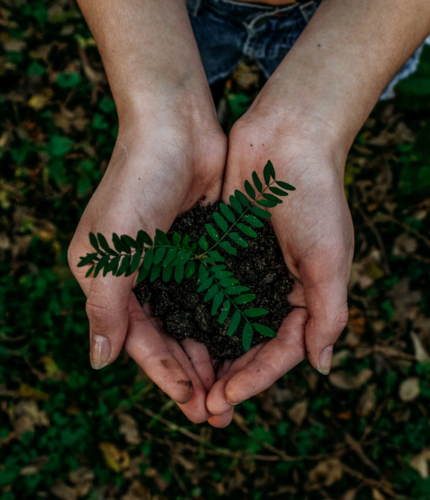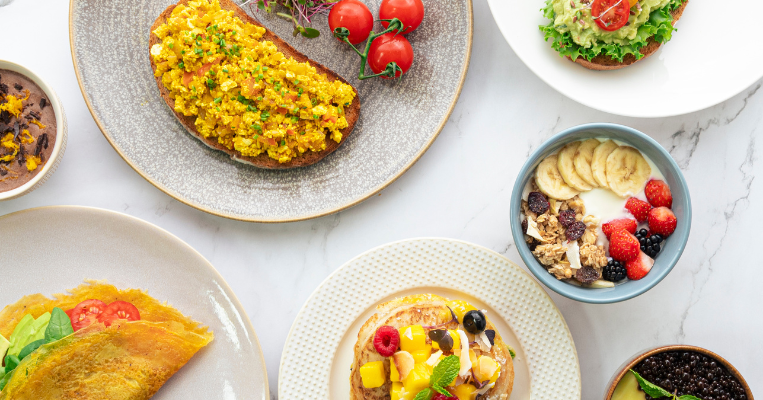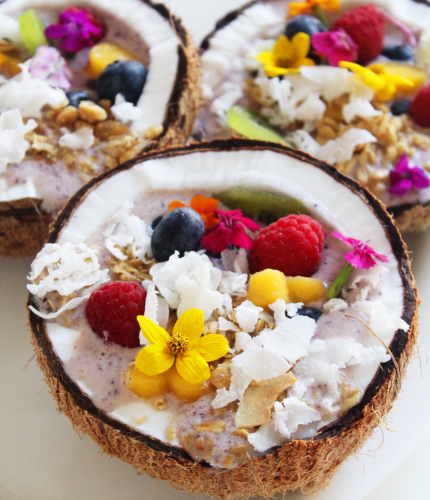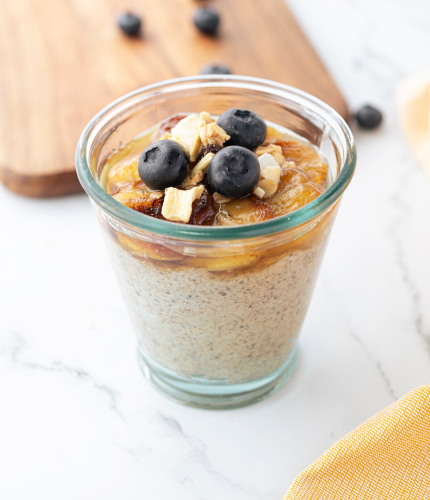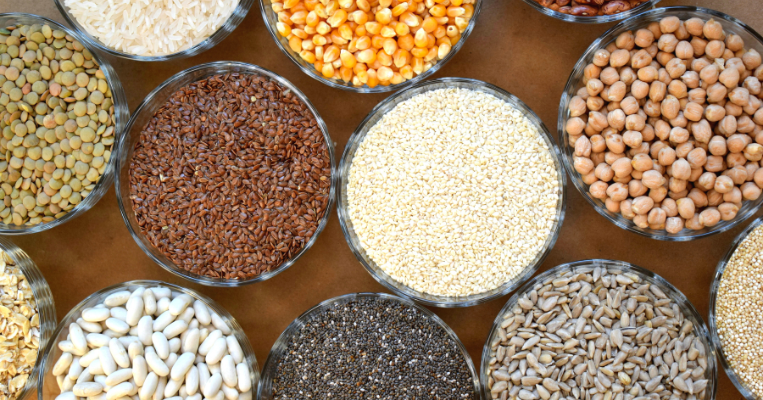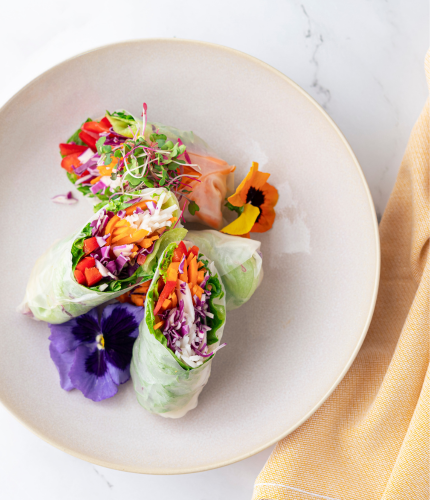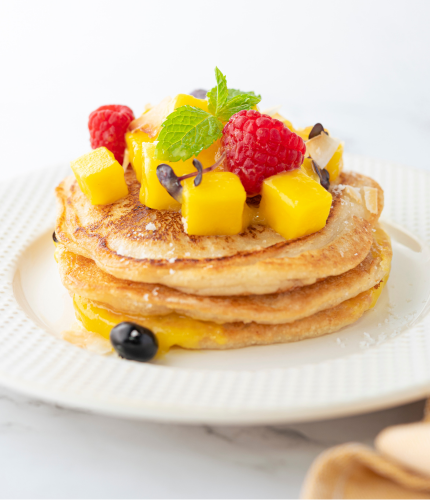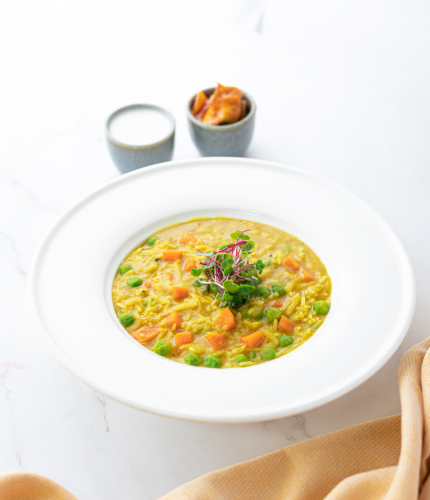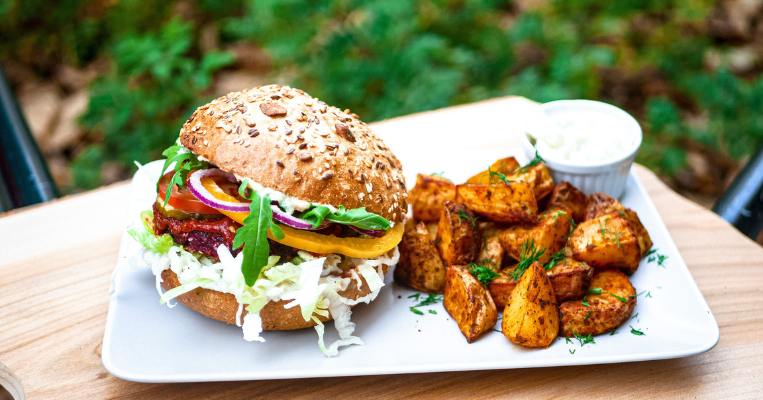
11 August 2023
Easy Swaps to Make Your Favourite Meals Plant-Based
Veganism, a genuine and profound passion in my life, is an ethos that resonates deeply. It’s a commitment to aligning my choices with compassion for all beings and the planet. Embracing this lifestyle has taught me a great deal, but one thing I’ve learned is that transitioning to a plant-based diet doesn’t mean giving up the dishes you love. With a few creative swaps, you can transform your favourite meals into delicious and satisfying plant-based versions. These easy substitutions not only make your meals cruelty-free but also enhance their nutritional value. Let’s explore some practical ways to turn your go-to meals into tasty plant-based delights.
Plant-Based Swaps
Milk Alternatives
In recipes that call for milk, replace dairy milk with a variety of plant-based options. Oat milk, almond milk, and soy milk are excellent choices. They work well in recipes and even froth nicely for your morning coffee. These alternatives add a creamy texture without compromising on taste.
Vegan Cheese
Cheese lovers, rejoice! Vegan cheese has come a long way and now offers a wide range of flavours and textures. From mozzarella and cheddar to feta and cream cheese, you can find plant-based options that melt, stretch, and satisfy your cheesy cravings. Add them to pizzas, sandwiches, salads, and more.
Egg Alternatives
When it comes to baking or binding, eggs can be easily replaced. One versatile substitute is aquafaba – the liquid from a can of chickpeas. It acts as an excellent egg replacer for recipes like cakes, cookies, and pancakes. For scrambles or omelettes, tofu can be seasoned and cooked to mimic the texture and taste of eggs.
Meat Replacements
Plant-based diets often get a bad rap for not providing enough protein, but as we busted those myths in a previous blog, you should already know all the wonderful protein-packed plant-based foods out there!
Jackfruit is a game-changer in the world of plant-based meals, and my personal favourite meat alternative. With its meaty texture and ability to absorb flavours, jackfruit makes an excellent substitute for pulled pork, chicken, or even seafood. When cooked and seasoned, jackfruit can be used in tacos, sandwiches, curries, and stir-fries, providing a satisfying and hearty meal.
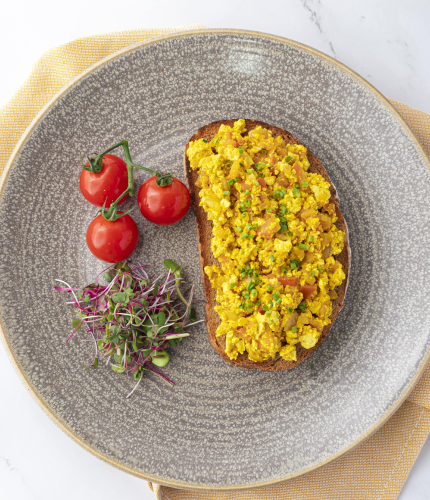
Make Your Meals Vegan
Breakfast Classics
For breakfast, whip up a delicious plant-based scramble using tofu, turmeric, and your favourite veggies. Or enjoy fluffy pancakes made with oat milk and topped with fresh berries. Swap traditional bacon for tempeh bacon or sautéed mushrooms for a savoury side.
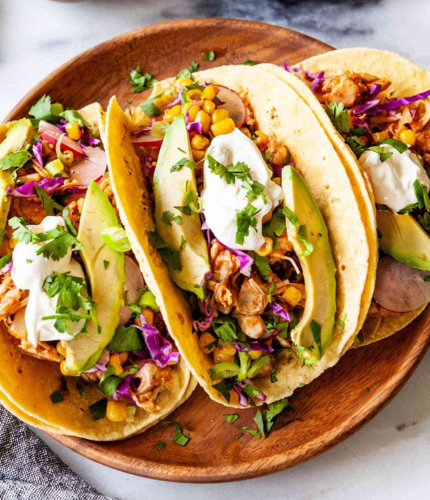
Plant-Based Burgers and Tacos
Craving a juicy burger or a flavorful taco? Replace traditional meat patties with plant-based alternatives. Opt for patties made from black beans, chickpeas, lentils, or even portobello mushrooms. These options offer a hearty texture and rich flavour that’s surprisingly reminiscent of the real thing. Toss in some spices and herbs to enhance the taste, and you’ll have a mouthwatering burger or taco filling that’s entirely plant-based.
Lasagne and Pasta
Lasagne is a comfort food favourite. Swap out the meat for layers of sautéed spinach, mushrooms, zucchini, and plant-based ricotta or cashew cheese. The creamy texture of the ricotta combined with the savoury vegetables will give your lasagne a satisfying taste and mouthfeel. For pasta dishes, use whole wheat or gluten-free noodles and top with marinara sauce loaded with veggies or a dairy-free pesto.
Pizza Night Reimagined
Make your pizza night plant-based by using a variety of veggies as toppings. Load up on mushrooms, bell peppers, spinach, onions, and even pineapple for a burst of flavour. Pair these toppings with dairy-free cheese, and you won’t miss the traditional version at all.
Remember, balance is key. While these plant-based swaps can turn your favourite meals into healthier versions, remember that balance is essential. Incorporate a variety of whole grains, legumes, fruits, vegetables, nuts, and seeds into your diet to ensure you’re getting a diverse range of nutrients. Experiment, have fun in the kitchen, and explore the world of plant-based cuisine. With a bit of creativity and a willingness to explore new flavours, you’ll discover a world of delicious plant-based meals that nourish your body and satisfy your taste buds.
In need of ideas for dinner? Check out my vegan food venture, Plant Essence, where I curate straightforward yet scrumptious vegan dishes designed for your home cooking.

